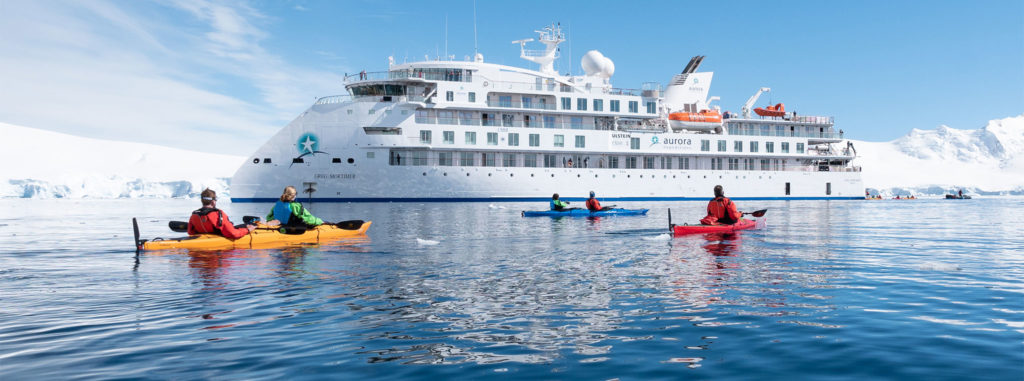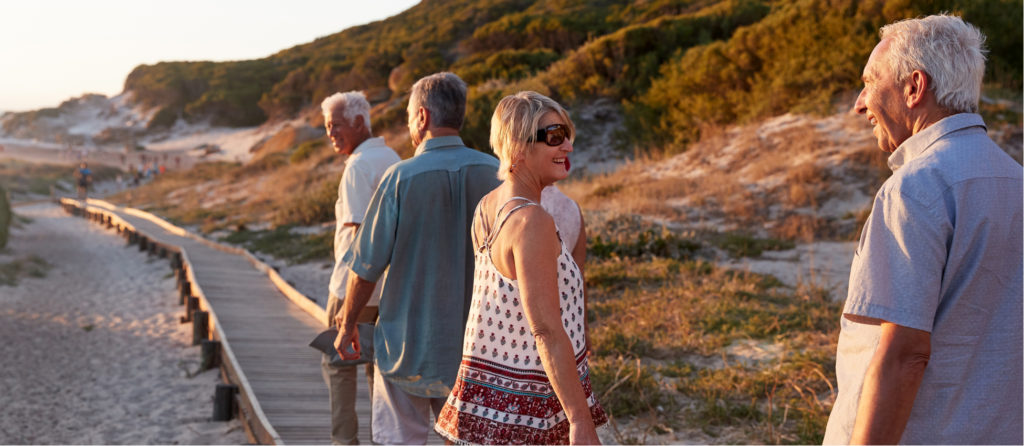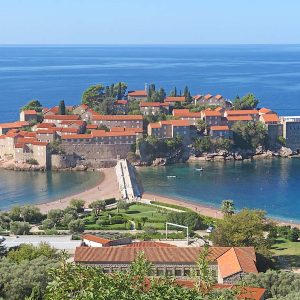Have you ever been tempted to try an expedition cruise but weren’t entirely sure what the experience would entail? We hope this article will answer any questions about exhibition cruises as they are a fantastic way to explore the world. Let our article inspire you to visit some of the remarkable destinations which expedition ships visit.
As you may have already guessed, an expedition cruise is a form of a cruise holiday – you join a ship for a specific duration to visit a particular geographical region, typically stopping in a different place each day during your trip.
The level of comfort onboard the ships will vary – from more basic accommodation on older ships to ultra-luxury suites complete with butler service on some of the newest additions in the industry – rest assured there is enough variety to meet everyone’s needs.
What’s the difference between an Expedition Cruise and a Traditional Cruise?
Expedition cruise ships are typically smaller
The most immediate difference between a traditional ocean or river cruise and an expedition cruise is the size of the ships. Regarding expedition cruising, the ships are smaller and rarely exceed over 500 passengers, with the average exhibition ship carrying only 200 guests.
These smaller vessels are all down to the destinations these ships travel to – they are off the beaten track, more challenging to get to, and as such, need a boat to navigate intricate waters. Sustainability and responsible tourism also play a big part in minimising ship sizes.
Expedition cruising regions such as Antarctica and the Arctic are some of the most regulated tourism destinations by international organisations, including IAATO in Antarctica and AECO in the Arctic. The purpose of these organisations is to ensure that the impact brought by tourism in these extremely fragile environments remains transient. Limiting the number of passengers is one of the many ways they achieve that goal.
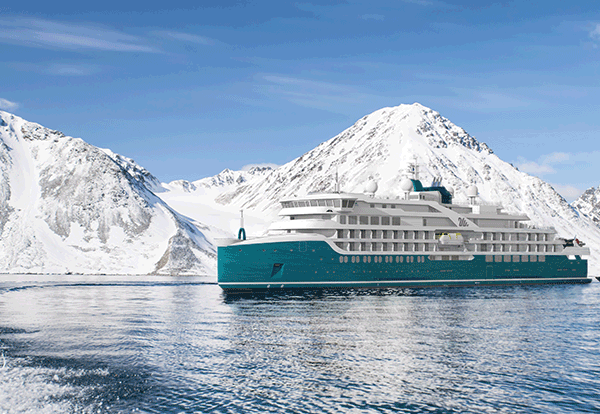
Access private locations by smaller Zodiac boats
You will also notice that each expedition ship carries a fleet of rigid inflatable boats called Zodiacs. The remote nature of expedition cruise itineraries means that zodiac boats are used regularly for several reasons, such as:
- To get guests ashore for excursions
- To see a particular point of interest if it’s best observed from the water level
- As a snorkelling platform in warmer waters, and so on.
At first, some guests may be timid to climb into the zodiac, but don’t worry; expedition cruise lines are the experts in helping guests feel at ease. They’ll provide a safety demonstration onboard the ship before the first zodiac outing, and there will be plenty of help from the expedition team at the marina. The only level of fitness you need is the same as you would require climbing into a gently moving bathtub, and once you’ve done it, you’ll quickly become a pro!
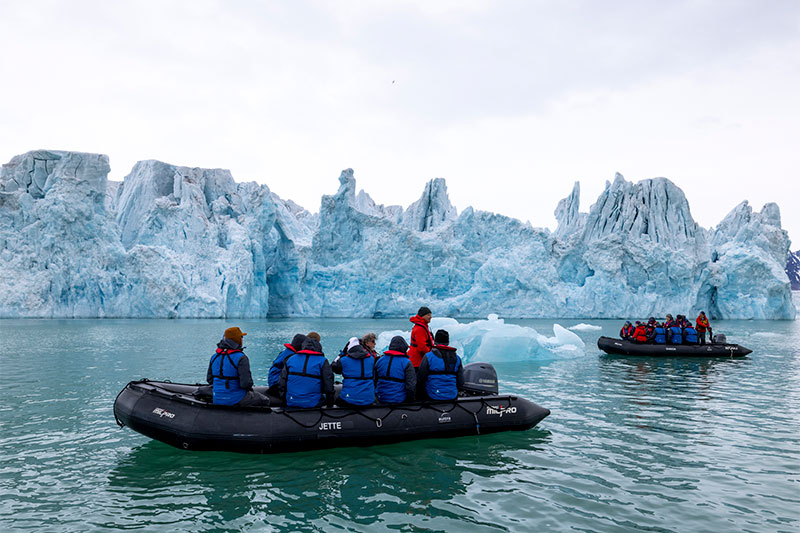
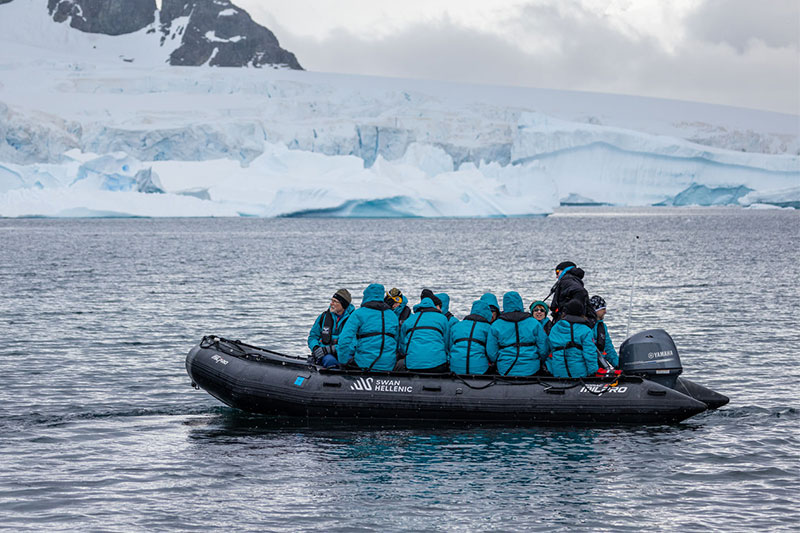
Expeditions focus on the adventure
Where mainstream cruising is concerned, the ship can often be the main attraction thanks to the size, facilities and onboard entertainment. But with an expedition cruise holiday, the emphasis is firmly on the destination and experience outside.
Expect the quality of dining on an expedition ship to be on par with larger mainstream cruise vessels; the typical onboard entertainment – evening shows, casinos, discos – will be subdued if not wholly absent. And, for a good reason – after an intense day of exploring, learning and discovering new destinations, an excellent meal with fellow travellers sharing the impressions of that day’s adventures and a nightcap will probably be the most you can muster to be ready for the early start the following morning.
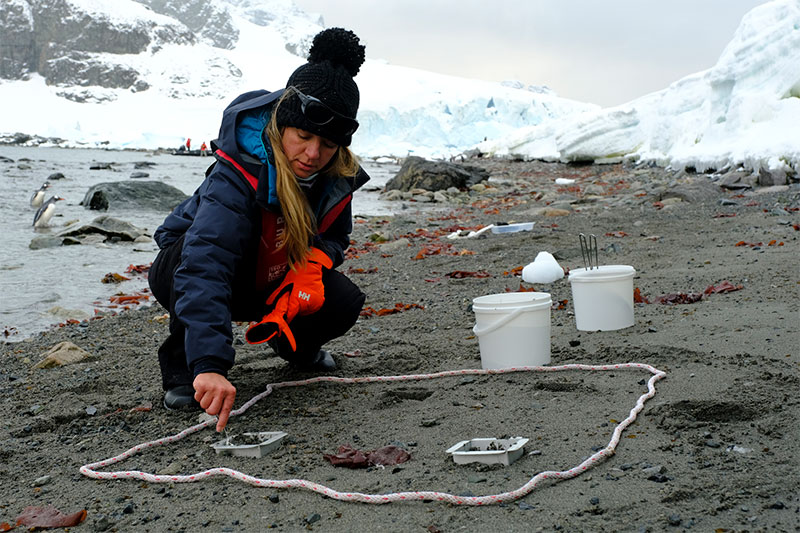
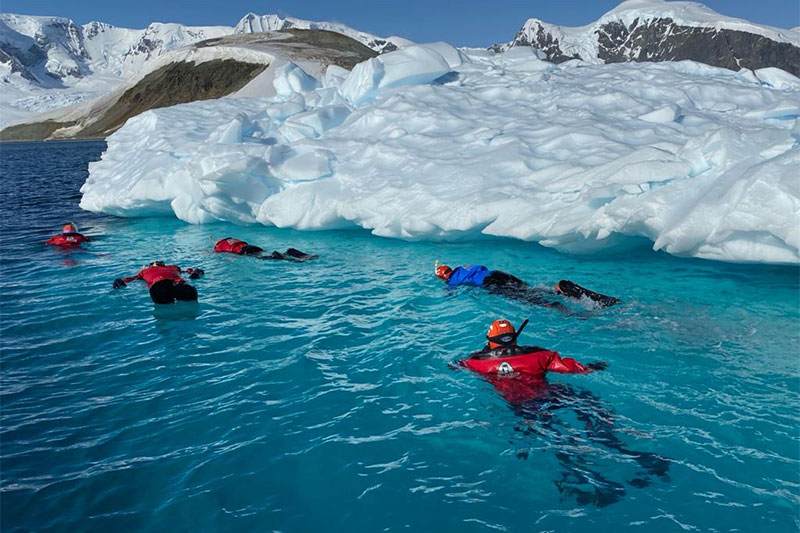
Expedition cruises include a destination guide
“A group of enthusiastic experts in such diverse disciplines as marine biology, ornithology, history, archaeology”
An expedition team leads expedition cruise voyages – a group of enthusiastic experts in such diverse disciplines as marine biology, ornithology, history, archaeology, botany and many other ‘ologies’. The itinerary will often drive the configuration of specialists and speakers to ensure the best team is on hand. They will be omnipresent onboard the ship from the minute you board to the final goodbyes at the end of your adventure.
The purpose of the expedition team is to enhance the guest experience by sharing their knowledge and passion for the places visited on each itinerary. They will join daily outings, interpret what you see, hear, and smell; deliver entertainment, and will be available to answer any questions you may have.
Finally, a word must be said about the nature of itineraries onboard the expedition ships. In a true spirit of exploration, expect and embrace a level of spontaneity, a sudden change of plans, and occasional diversions – it often ends up being for the better! This is because a visit to some destinations is primarily driven by ever-changing weather conditions.
Who can travel on an expedition cruise?
“You truly arrive as a stranger and leave as a friend, making this type of travel an excellent choice for solo travellers”
Probably the only prerequisite to making the most of your holiday onboard an expedition ship is to be prepared to embrace the adventure – it is an active holiday type, and you will enjoy it best by joining daily activities, lectures, briefings, and engaging with fellow explorers.
While the price tag is often a key consideration (these voyages are not cheap!), it is safe to say that expedition cruising has a universal appeal – mature travellers and those young at heart with a thirst for adventure are ideally placed to enjoy these experiences. It’s also an excellent option for a multi-generation holiday as younger guests can see and experience these unique destinations first-hand.
The small ship environment and the social nature of exploring – sharing zodiac rides and experiencing adventures with fellow travellers – creates a lovely sense of comradery onboard the ship. You truly arrive as a stranger and leave as a friend, making this type of travel an excellent choice for solo travellers.
Finally, some destinations can only be visited by ship – so if you had a bucket list of places you would like to see, including Antarctica, the Galapagos, or remote South Pacific islands, expedition cruising is probably the best and sometimes the only way to reach them!
Read: Silver Travel Explorers Club: Ushuaia, gateway to Antarctica, with Hurtigruten Expeditions
Expedition Cruise Destinations
Up until recently, expedition cruising was defined by travel to remote Polar regions, and it’s fair to say that the Arctic and Antarctica continue to be the most sought-after destinations for an expedition cruise holiday.
Arctic expedition cruises
The Arctic is home to magnificent polar bears, excellent birds, and marine life. One of the closest places to reach from the UK, the Svalbard archipelago in Norway is a popular Arctic destination that is best visited from late May to September. Some expedition cruising brands will also include trips to Iceland, Greenland, and the Canadian Arctic as part of their Arctic program.
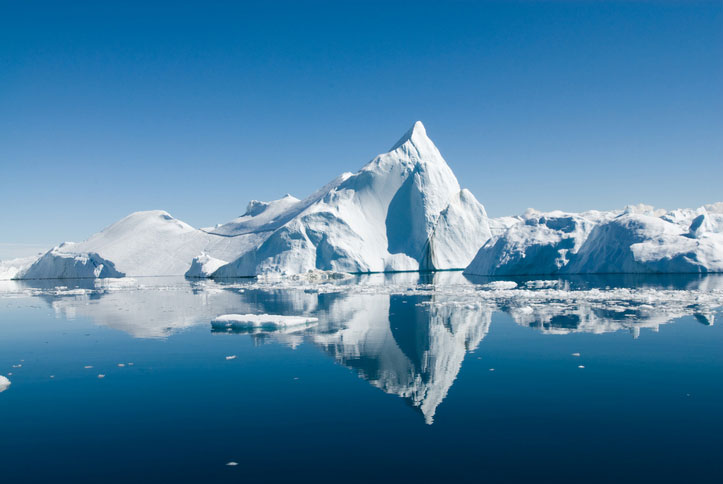
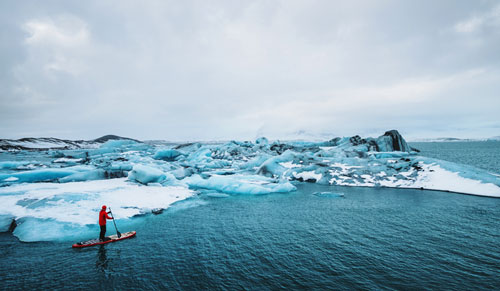
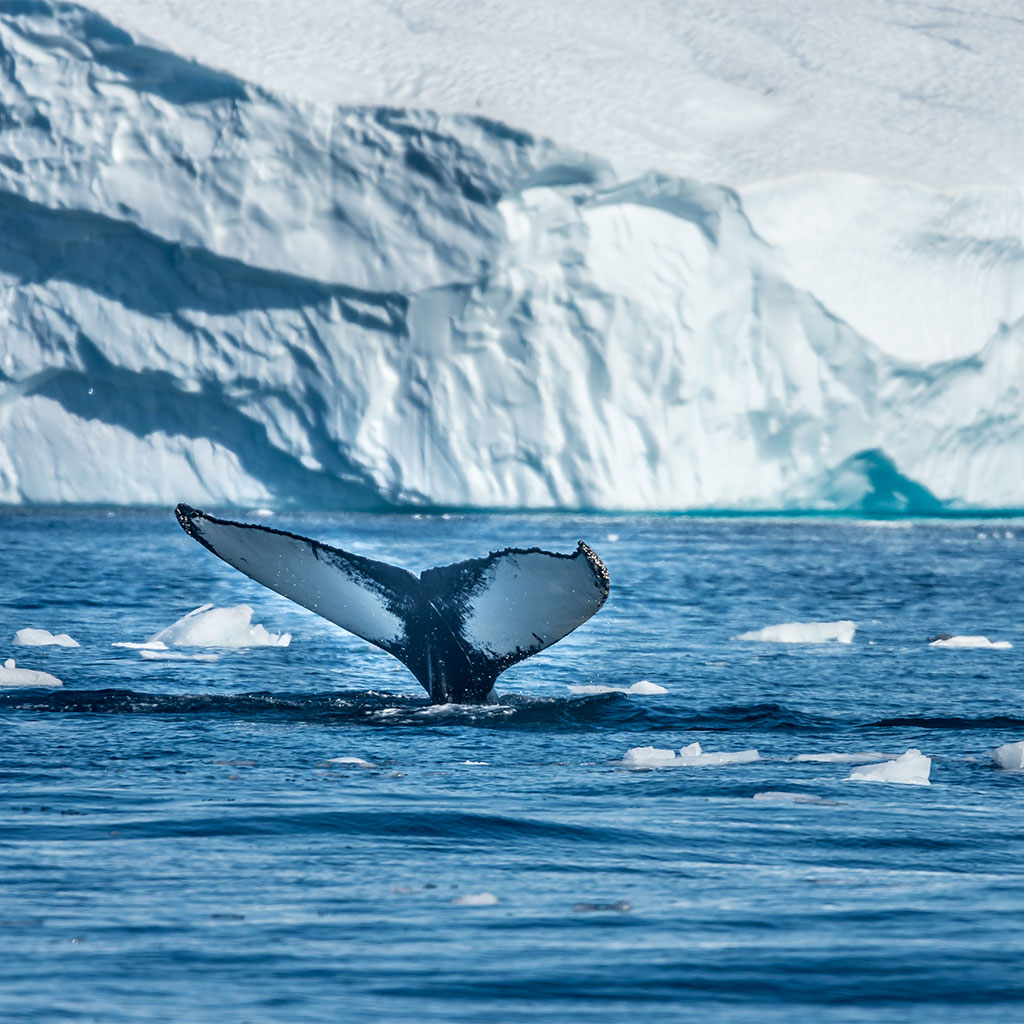
Antarctica expedition cruises
Antarctica remains the ultimate expedition cruising destination and a bucket list place for most travellers. Expect otherworldly scenery, thousands of penguins, remarkable exploration era history, and claim your bragging rights as one of the few people who set foot on the seventh continent. Antarctica season typically starts in mid-November and finishes early in March.
Read: Anticipating Antarctica with Swan Hellenic
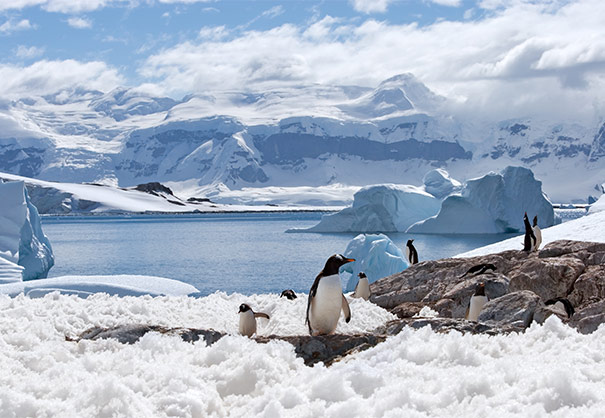

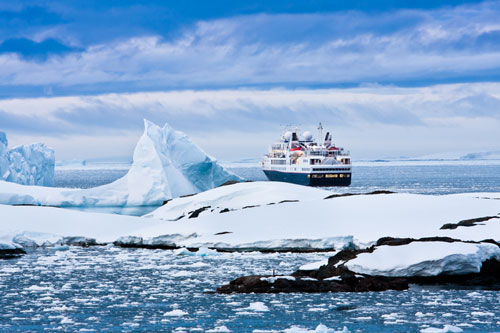
The extraordinary Galapagos Islands by cruise
Beyond the polar regions, the Galapagos archipelago has claimed its fame as a unique wildlife haven – strange-looking birds, giant lizards and tortoises, and marine iguanas go about daily life. At the same time, you respectfully watch them from safe proximity, accompanied by a park ranger.
The Galapagos’ appeal isn’t limited to land adventures – snorkelling and swimming with sea lions in the wild is reportedly one of the most memorable moments for travellers who were lucky to visit these remote islands.
Read: Cruising to the Galapagos on Silversea Origin
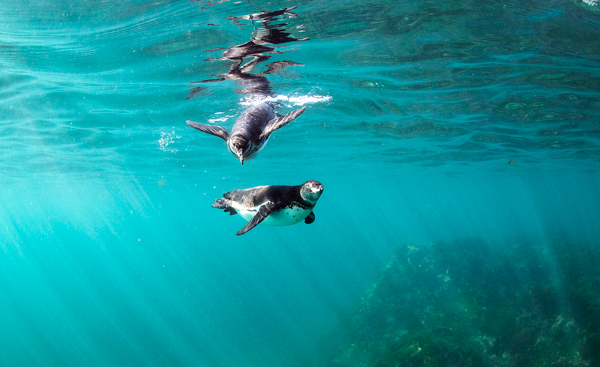
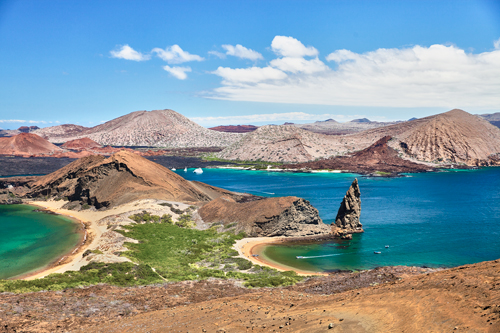
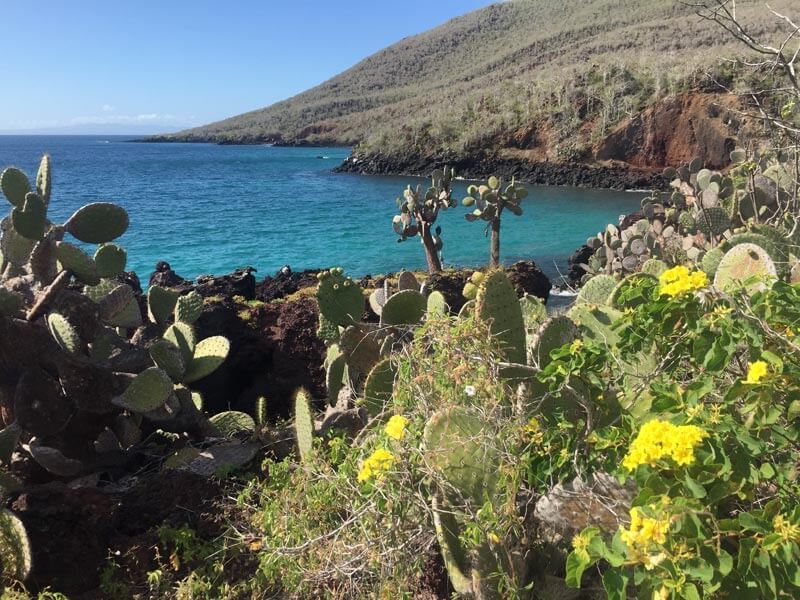
Remote and Unique Destinations that only Expedition Cruises can offer
Not all expedition cruising voyages emphasise the world’s natural beauty – destinations such as Papua New Guinea, South Pacific Islands, Indonesia, Japan and Malaysia are all about the unique, diverse cultures that inhabit these far-flung lands.
Lastly, you don’t even need to look far to find an authentic expedition cruising experience – the Outer Hebrides in Scotland alone is an excellent destination to visit – you will explore remote coastlines, visit world-renown seabird colonies, and be humbled by the resilience of the locals to master life in this often harsh and unpredictable environment.
Silver Travel Advisor’s Expedition Cruise Partners
“cultural expeditions and five-star service onboard, the brand takes guests to all seven continents and is well-suited for small group exploration “
Silver Travel Advisor works with a range of hand-picked partners who specialise in expedition cruising
Just a decade ago, if you wanted to join an expedition voyage, you often had to be prepared to travel on an old, converted Russian research vessel with few comforts available onboard. Luckily, times have changed, and expedition cruising is now the fastest growing sector within the cruise industry. Not only new expedition cruising brands are entering the market, but the new ships leaving shipyards are more comfortable, safe, and sustainable than ever.
HX Hurtigruten Expeditions
The Norwegian expedition cruising brand that offers worldwide expeditions on one of its seven expedition ships ranging from a 90-guest vessel in the Galapagos to just over 500 passengers onboard MS Roald Amundsen and MS Fridtjof Nansen. It is a premium expedition cruising brand, and they regularly have special offers that include flights or no single supplement for certain voyages/destinations.
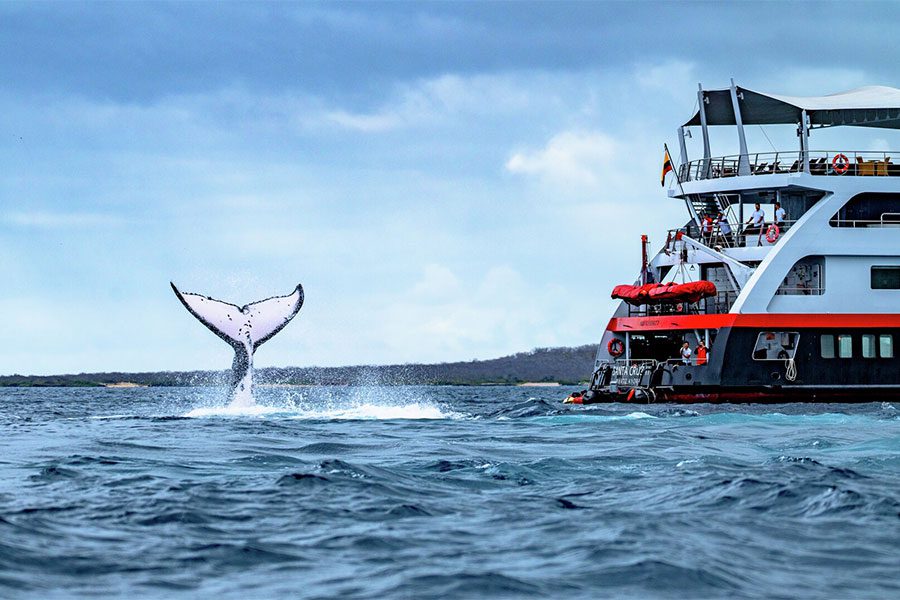
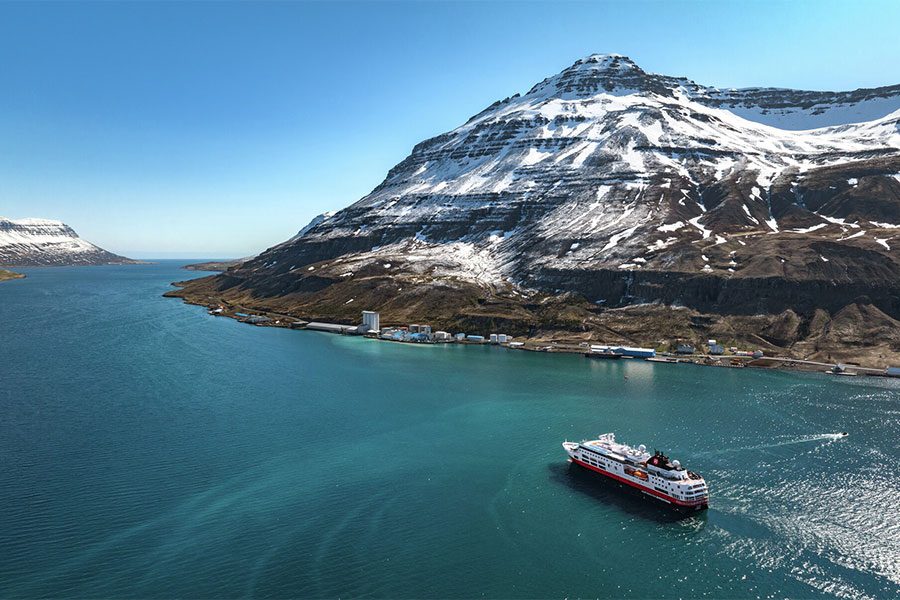
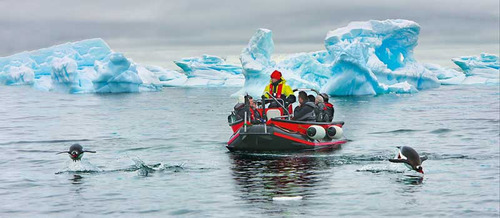
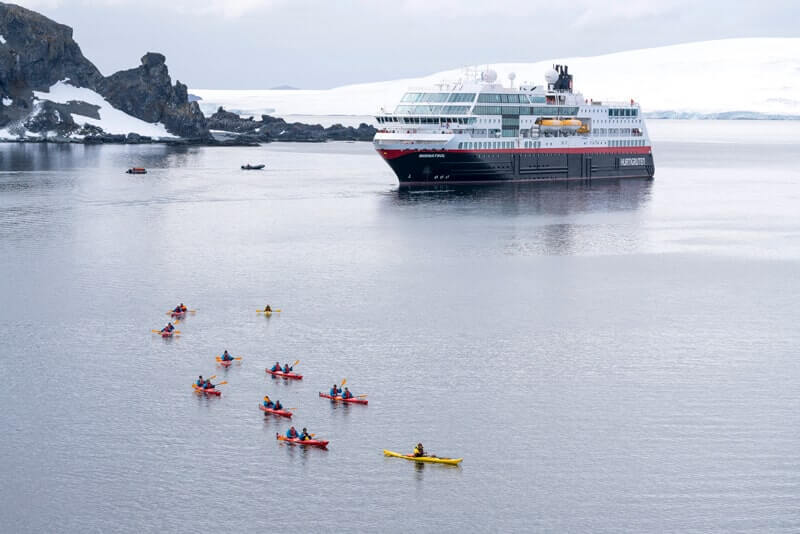
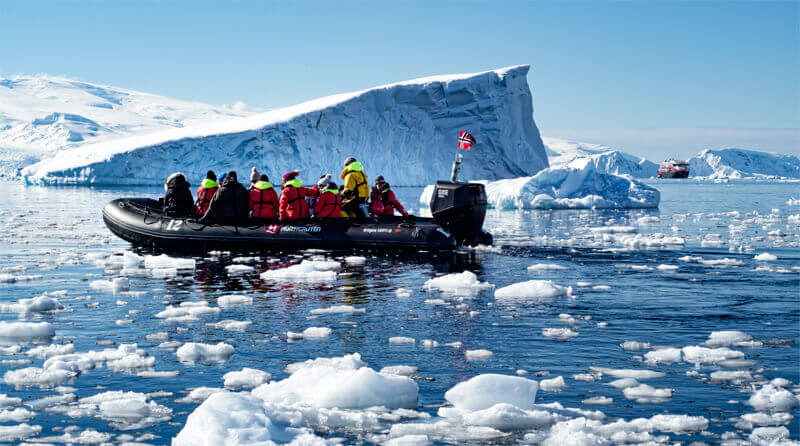
Ponant
The largest fleet of expedition ships, including the industry’s first hybrid icebreaker Commandant Charcot that genuinely takes you to some places other ships can’t reach, such as the North Pole – expect five-star service onboard, global destination coverage, and onboard communication in both French and English languages.

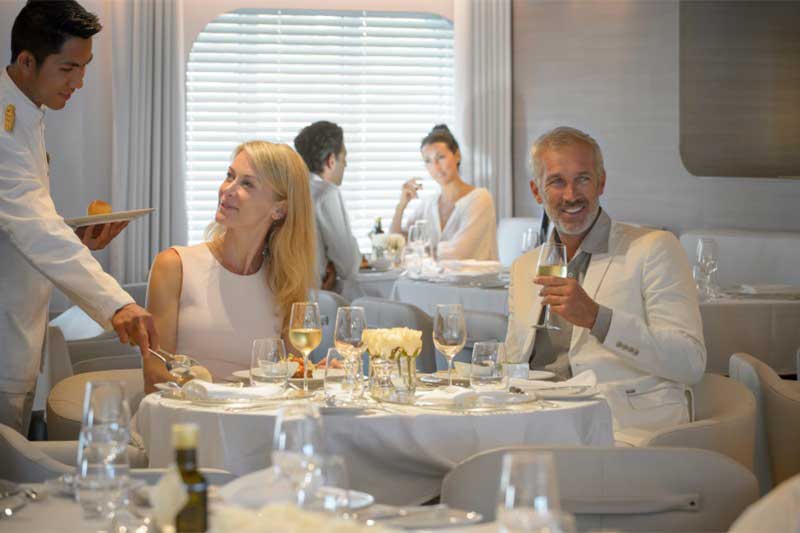
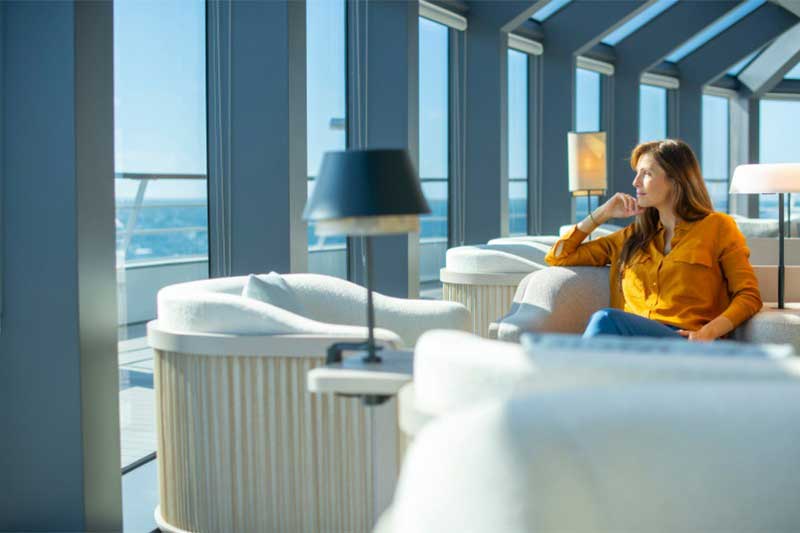
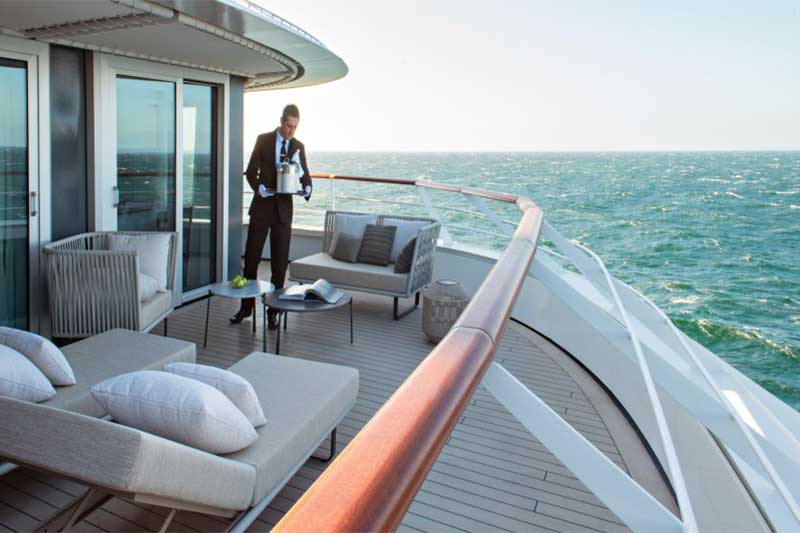
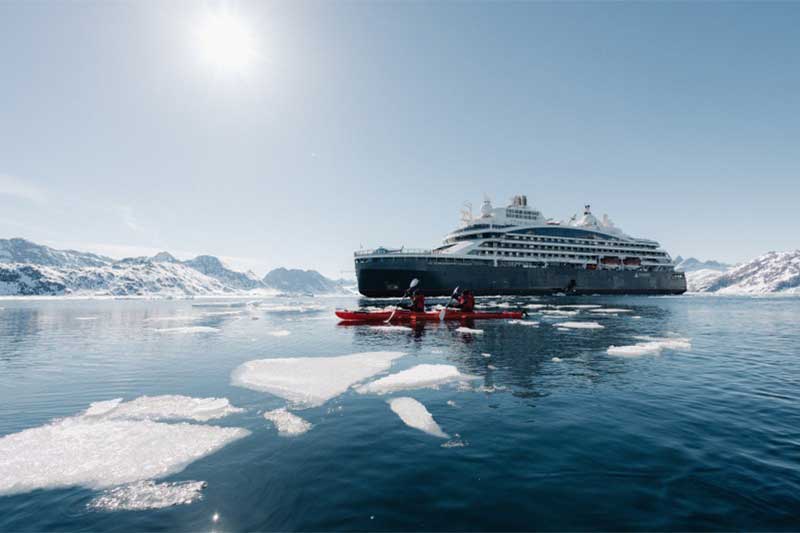
Silversea
All-inclusive, all-suite accommodation, butler service for all guests, and dining options are some of the perks of travelling on the line’s ships. Silversea has recently made waves in the industry by purchasing Crystal Endeavor – one of the most luxurious, expensive expedition ships ever built that has received rave reviews both from guests and the industry during its short inaugural season. Her first season as Silver Endeavour starts in November 2022 in Antarctica.
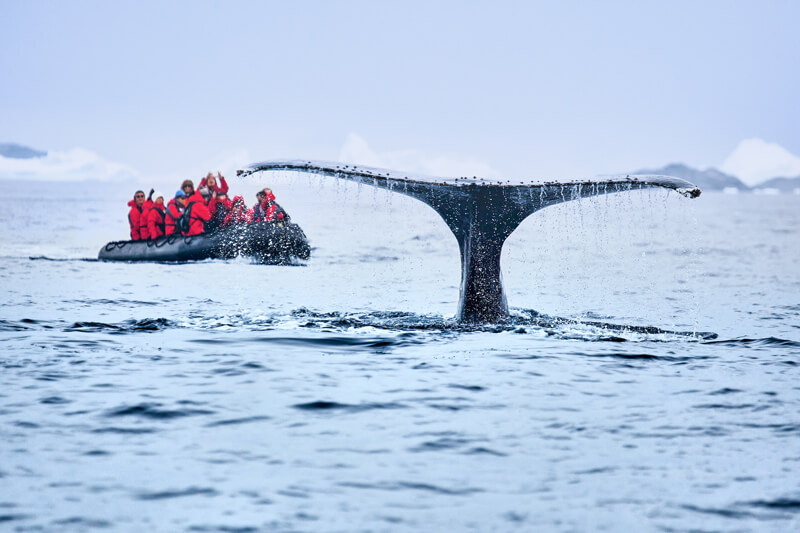
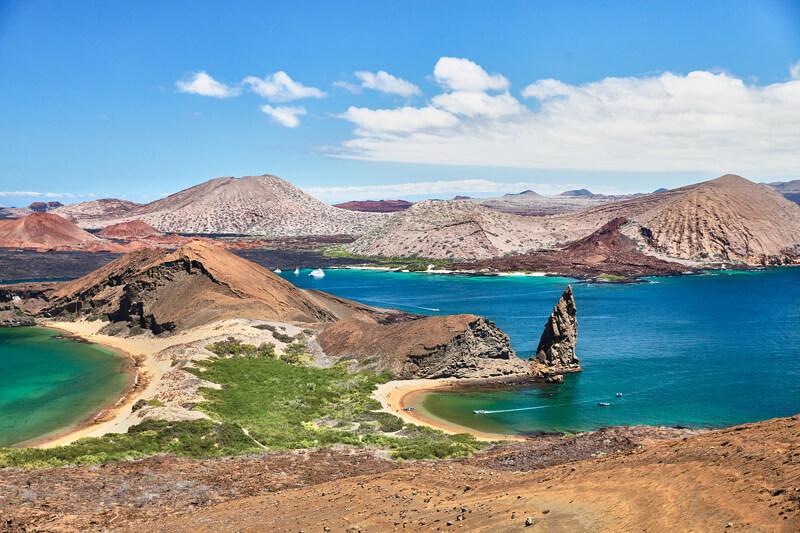
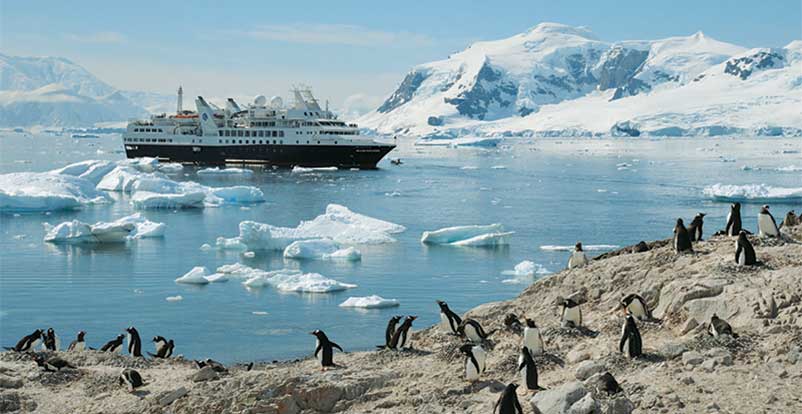
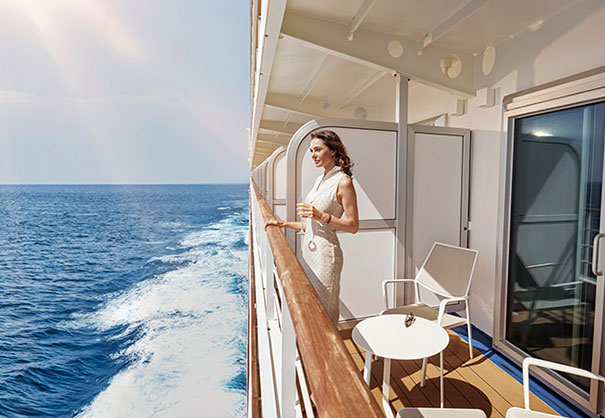
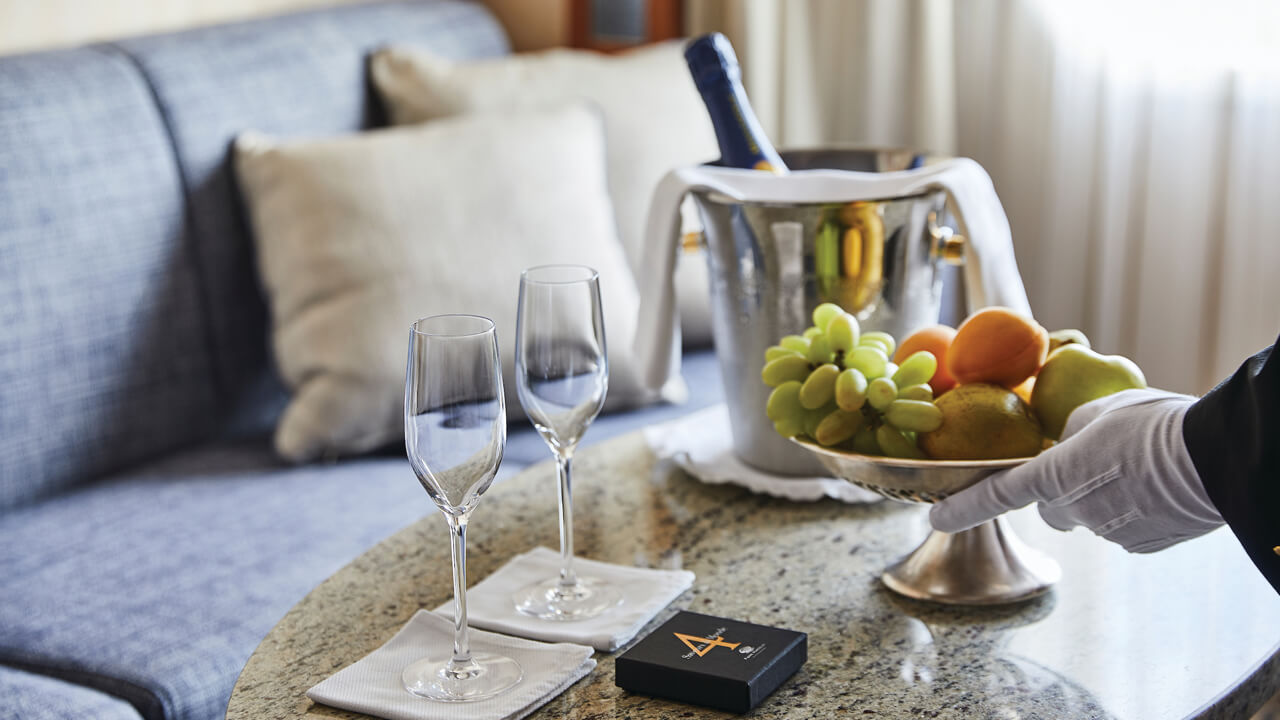
Scenic Luxury Cruises
Ultra-luxury expedition cruising brand. Scenic Eclipse, the world’s first discovery yacht with a 228-guest capacity and complete with two helicopters and a submarine, offers all-inclusive, all-veranda suite accommodation onboard and takes her clients to diverse destinations such as Antarctica, the Arctic, North, Central and South America, the Pacific and more.
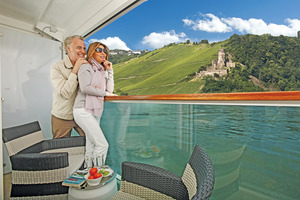
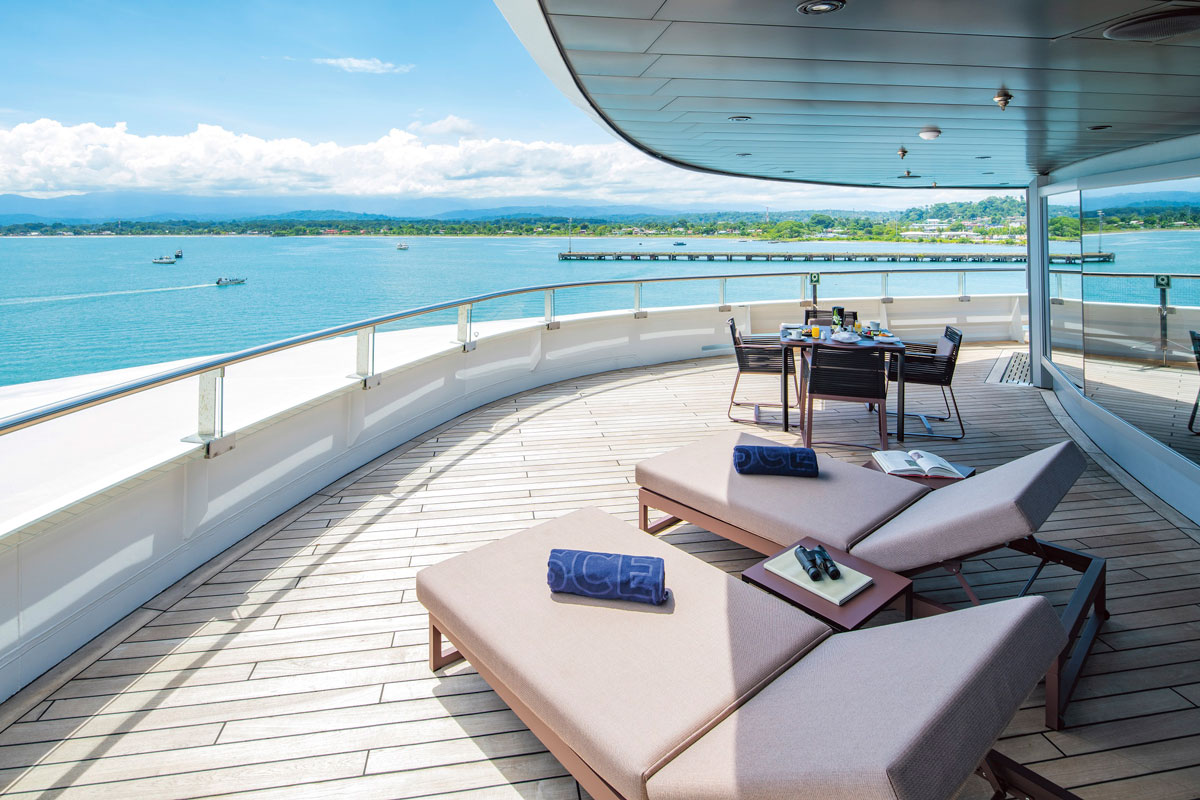
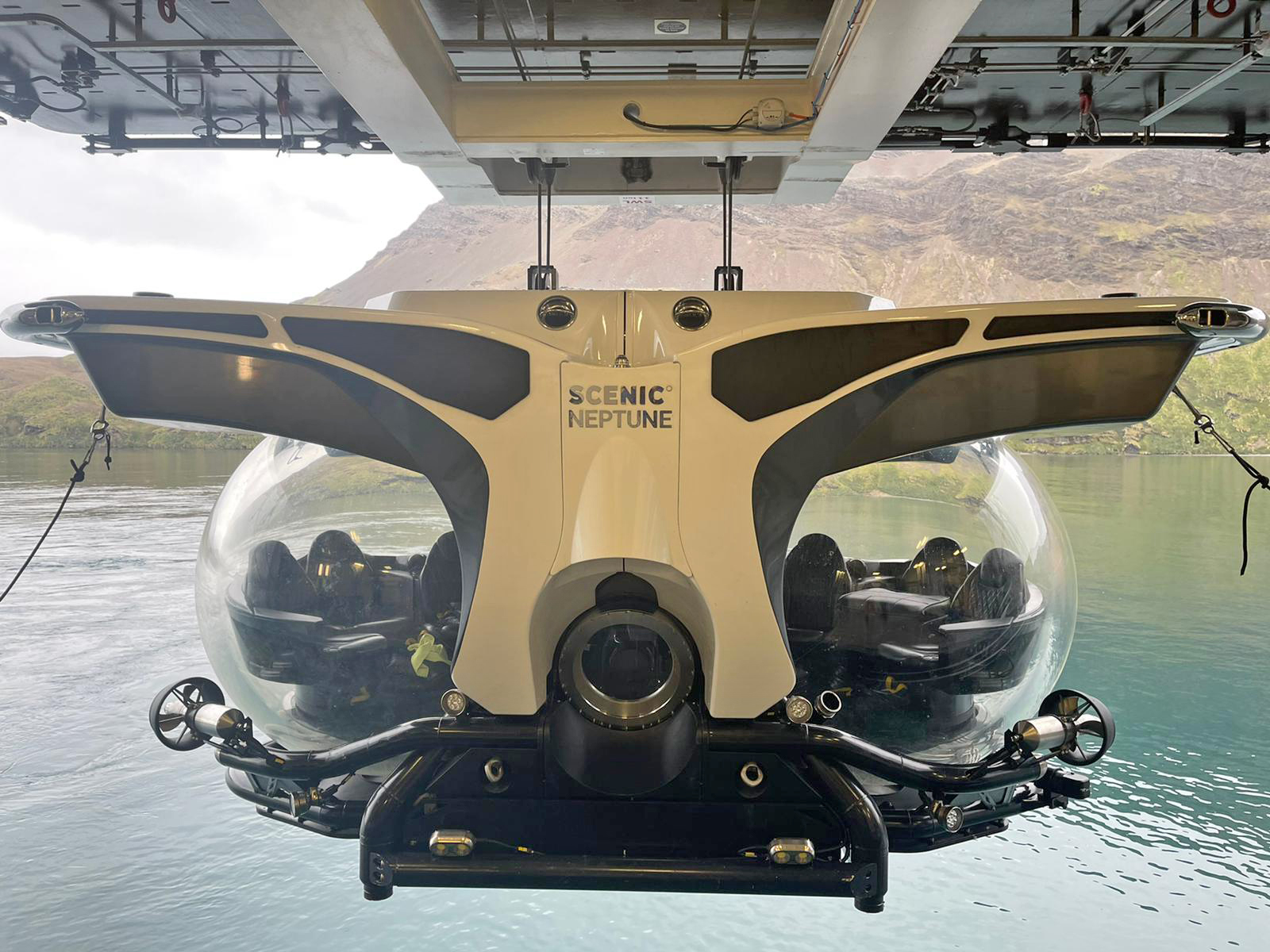
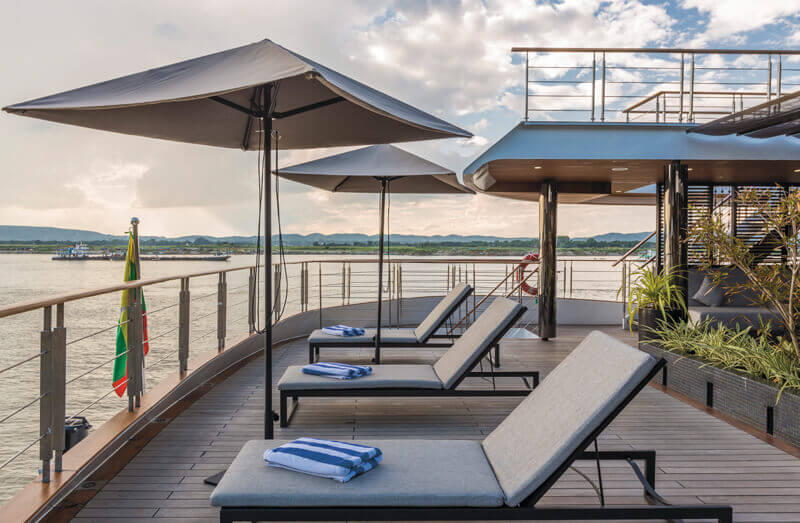
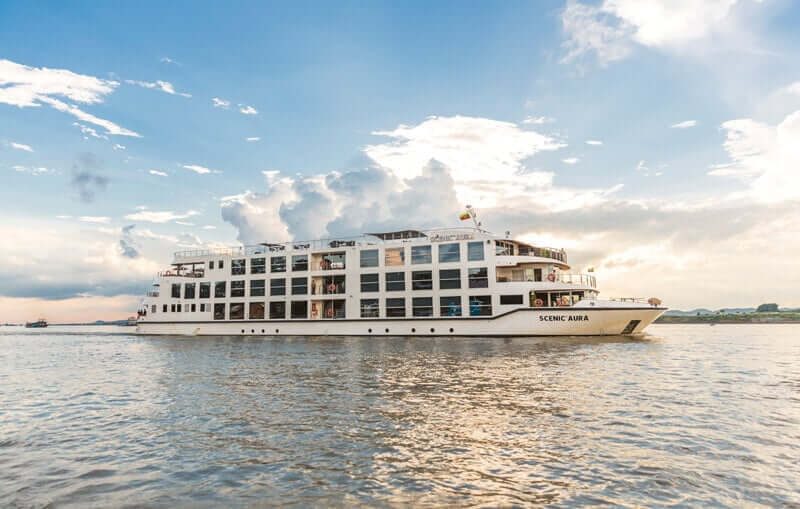
Celebrity Cruises
Flora is a 100-guest luxurious expedition ship that sails all year round in the Galapagos archipelago and offers two seven-day itineraries. Expect excellent Ecuadorian cuisine onboard the ship, spacious accommodations, knowledgeable local guides, multiple daily outings, snorkelling, kayaking and more in this wildlife hotspot.
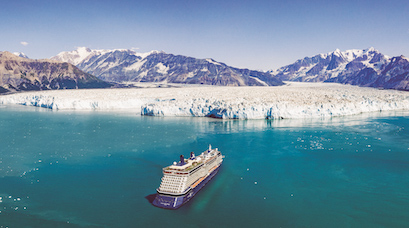
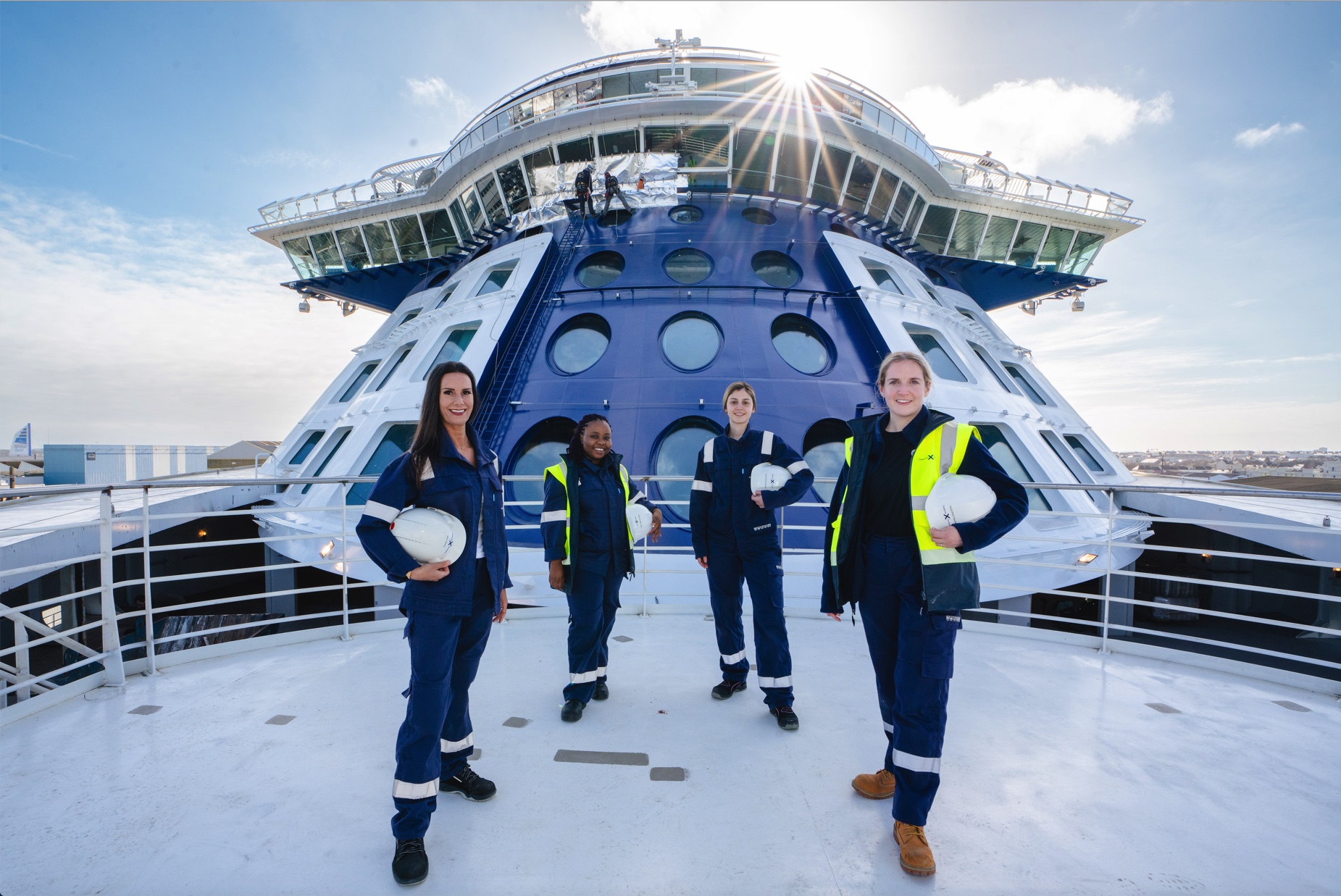
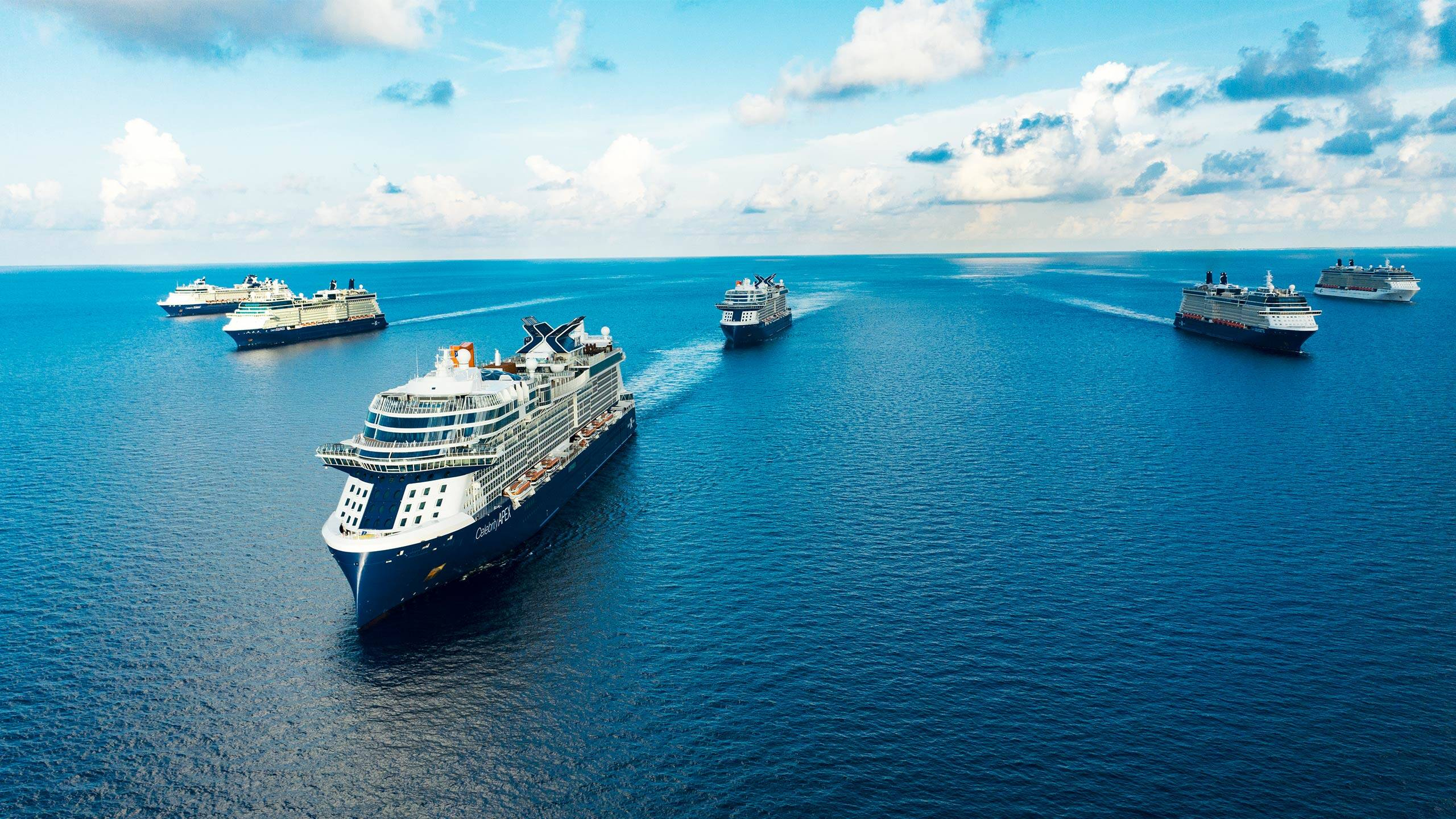
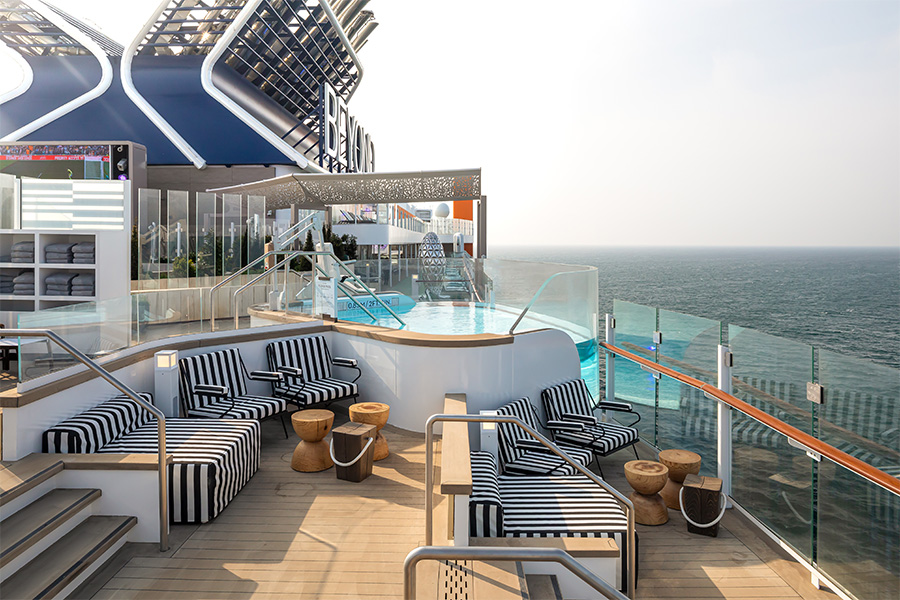
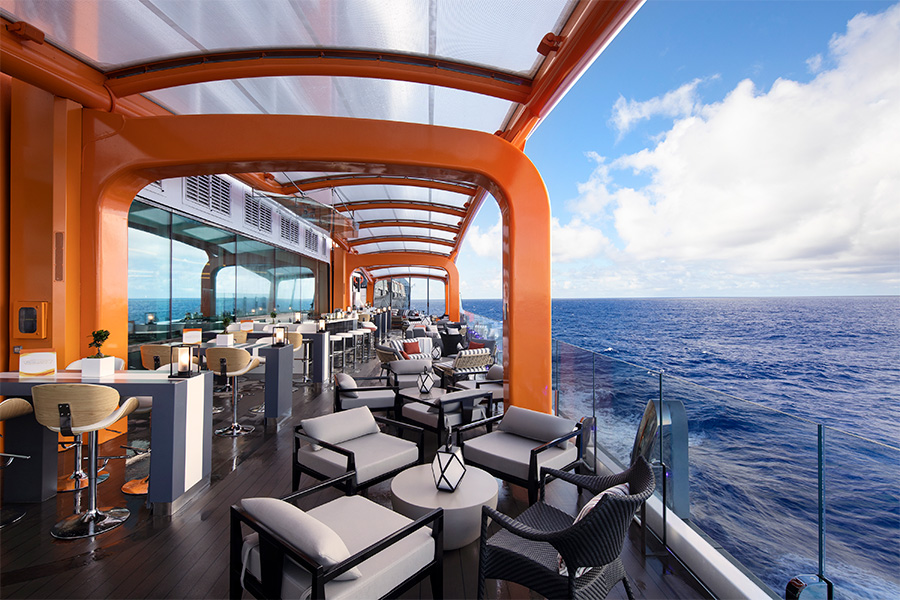
Viking
River and ocean cruise brand that has recently branched out to expedition cruising by adding Viking Octantis and Viking Polaris – both ships can accommodate up to 378 guests – to their fleet. While admittedly on a larger scale, the ships are well-thought-through and deliver on everything Viking river and ocean cruise fans love about the brand. Besides polar regions, Viking expeditions have a strong Great Lakes program.
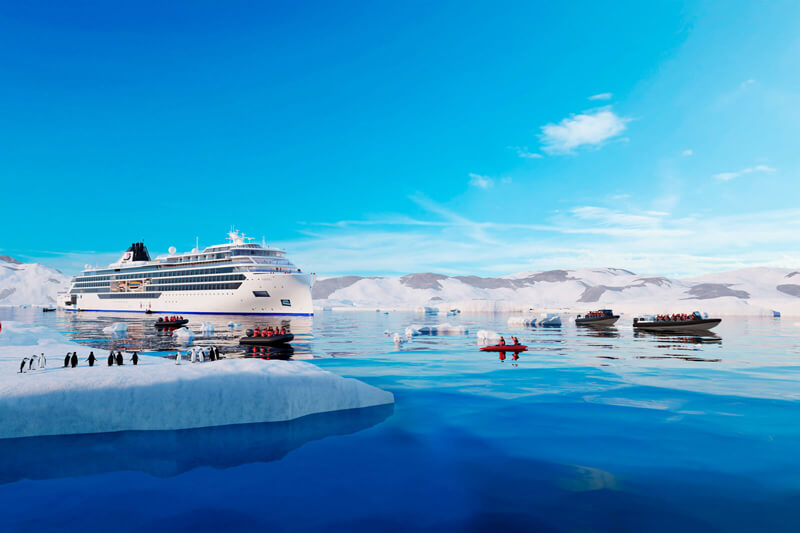
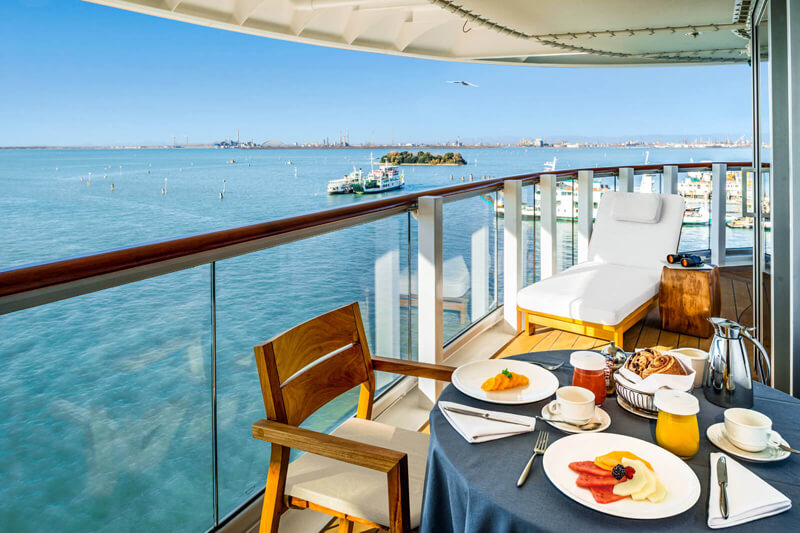
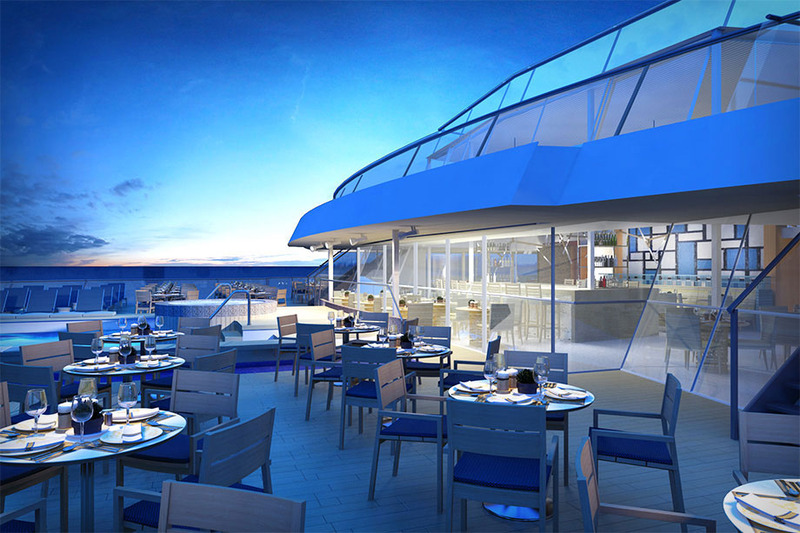
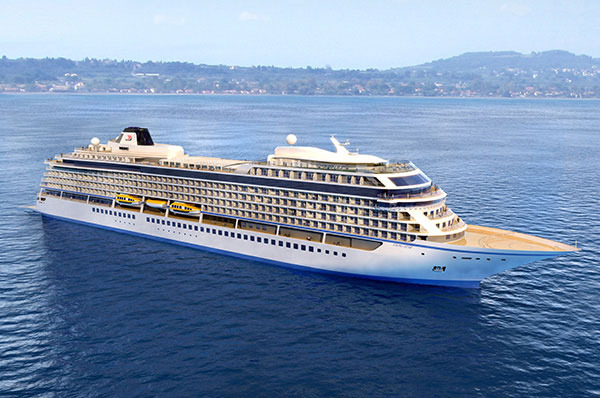
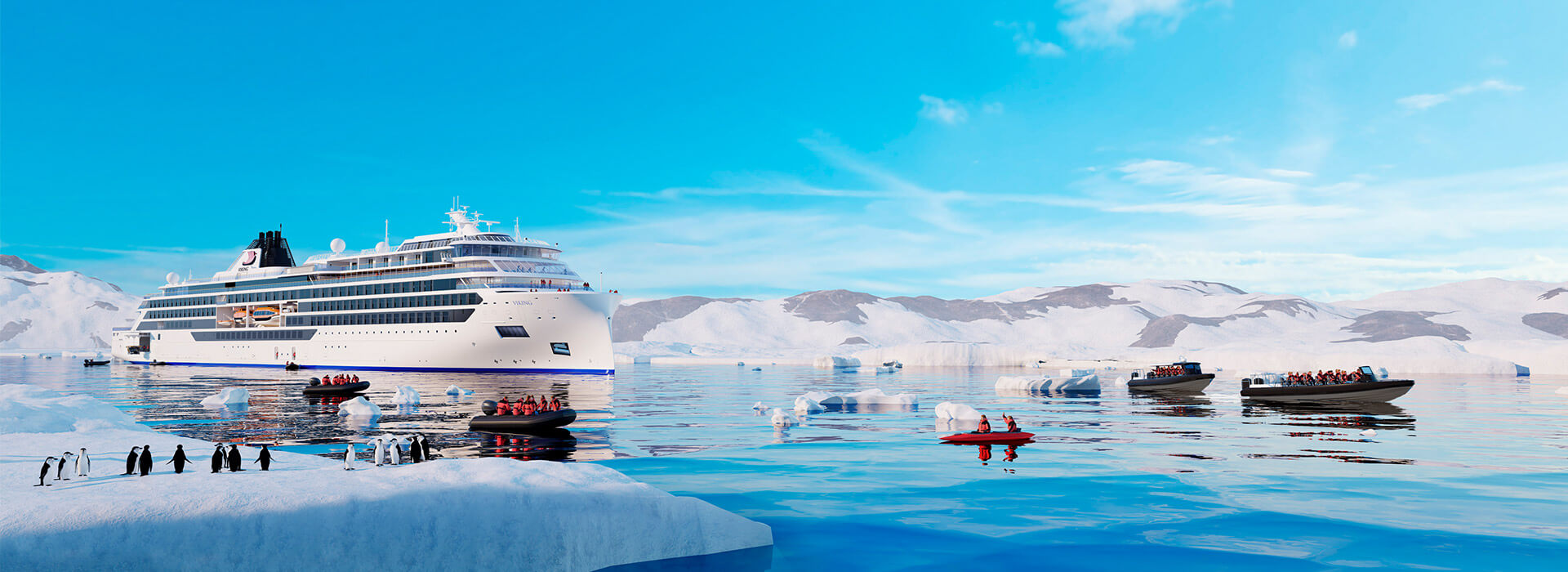
Aurora Expeditions
Australian-owned Aurora has over 30 years of experience organising adventure travel to Polar regions. With the addition of MS Greg Mortimer in 2019 and MS Sylvia Earle joining the fleet later this year, the brand strongly emphasises sustainable travel – MS Sylvia Earle is a certified 100% Carbon Neutral ship. The brand promises small group adventures to Polar regions and beyond.
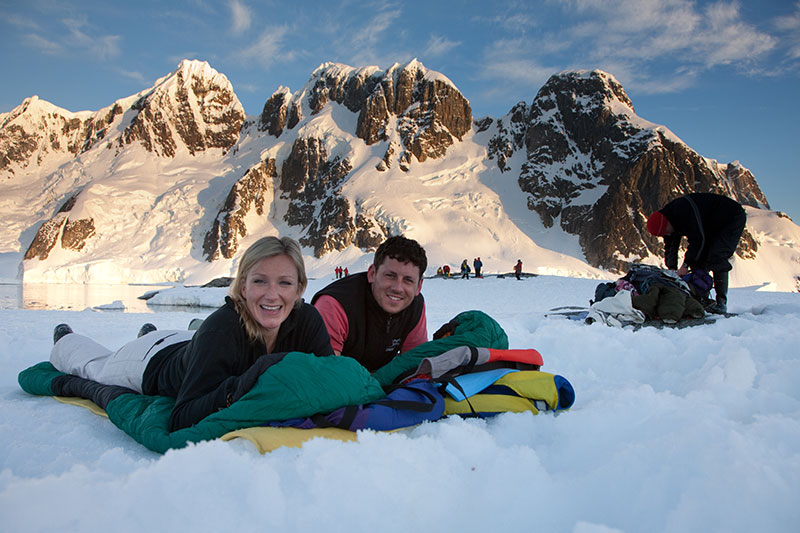
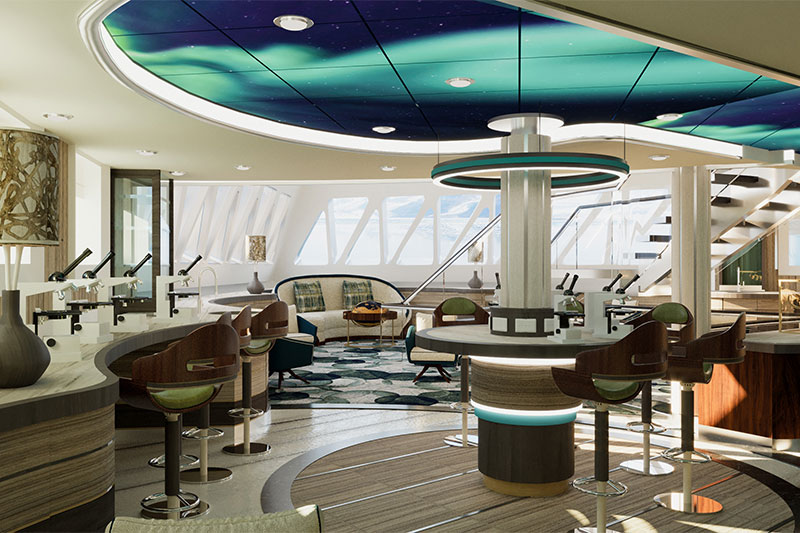


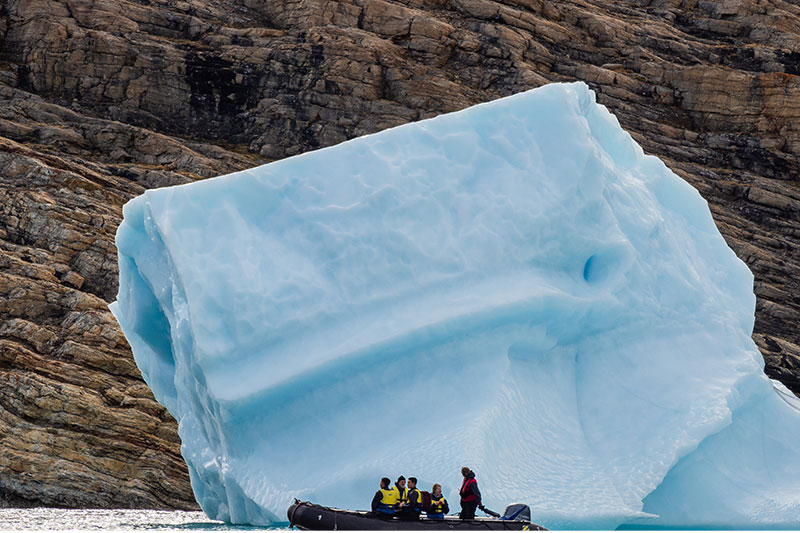
Swan Hellenic
In 2020 by launching SH Minerva (152 guests), then adding sister ship SH Vega (152 guests) in 2022 and has now announced that MS Diana (192 guests) is being built in Finland with departures expected to start in 2023. Promising cultural expeditions and five-star service onboard, the brand takes guests to all seven continents and is well-suited for small group exploration.
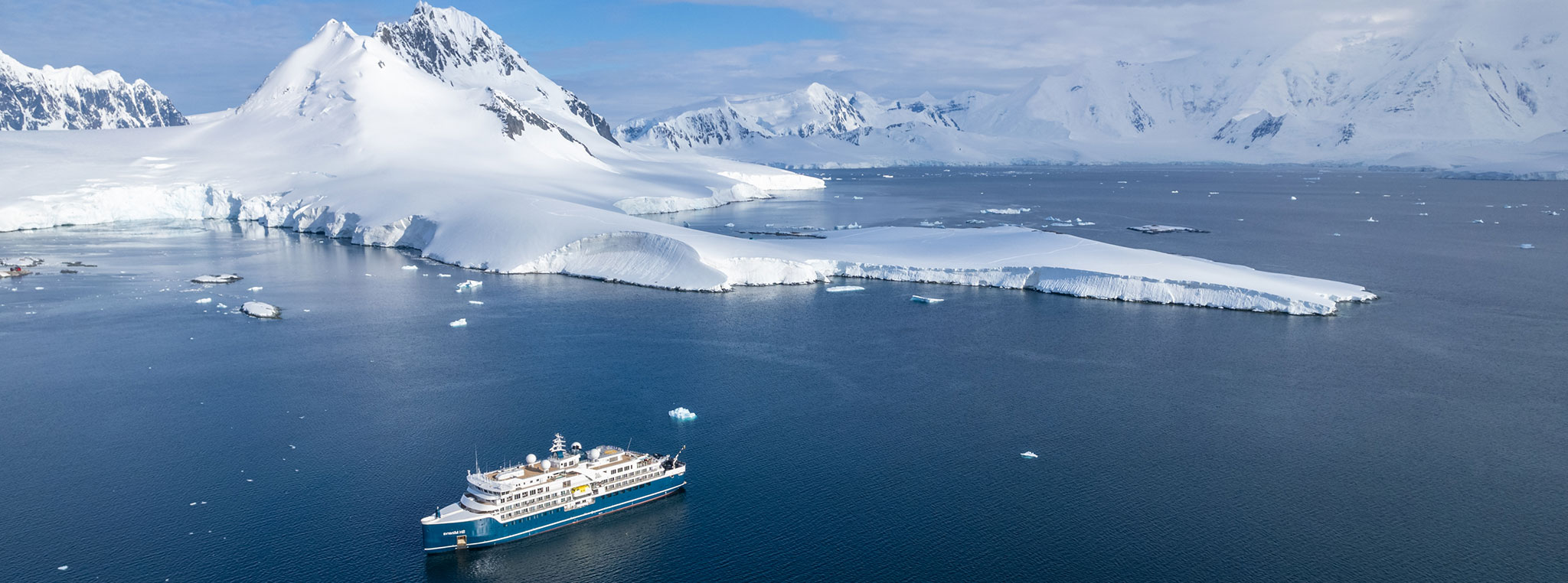
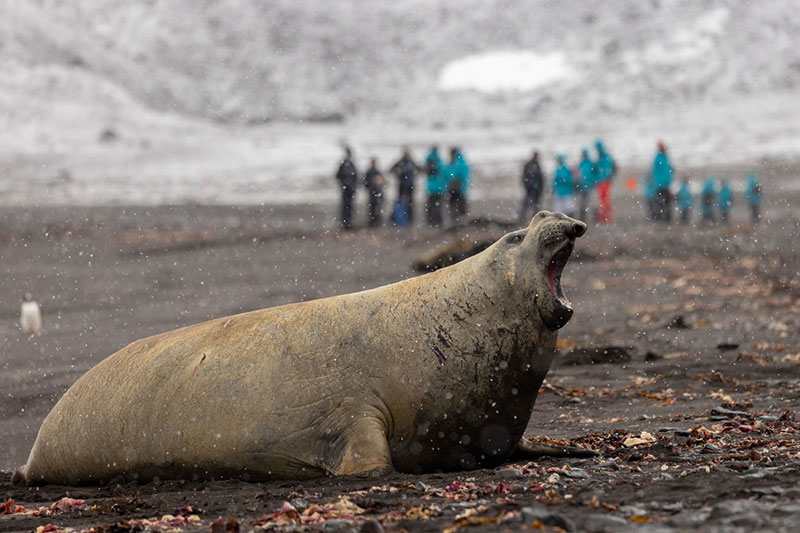
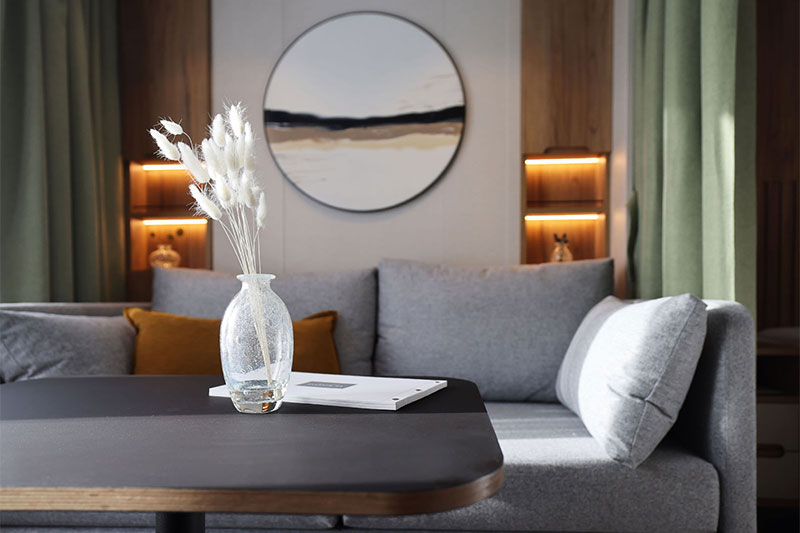
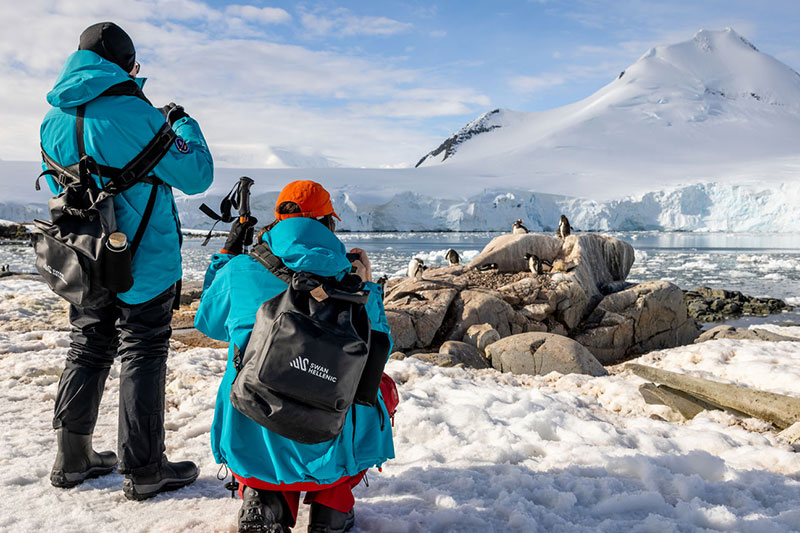
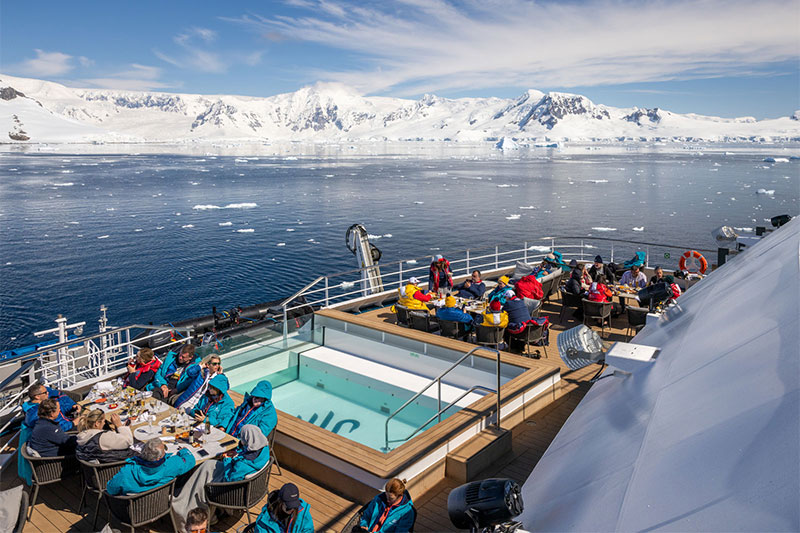
Noble Caledonia
Independently owned brand, offers a small ship cruising to various global destinations onboard two of its 100-guest ships, MS Island Sky and MS Hebridean Sky, and occasional ship charters from other cruise companies. The brand has a strong following from British clientele and offers a curated list of destinations and experiences with a strong emphasis on uniqueness and educational aspect.
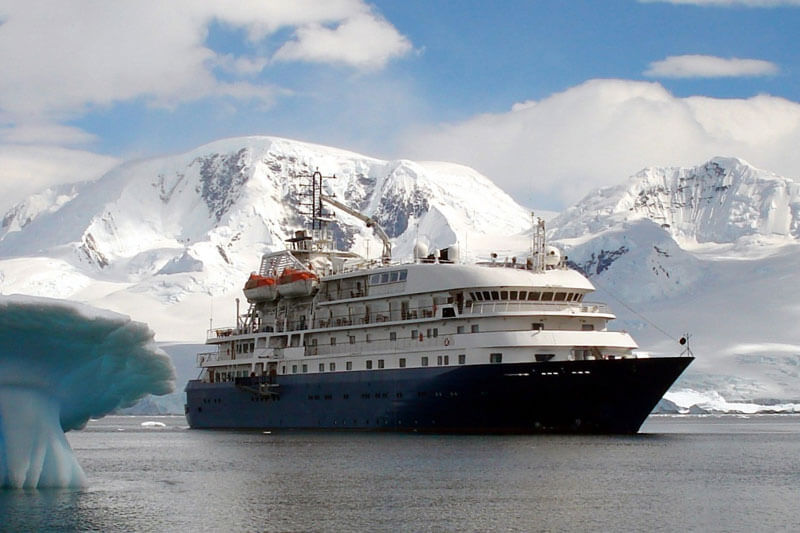
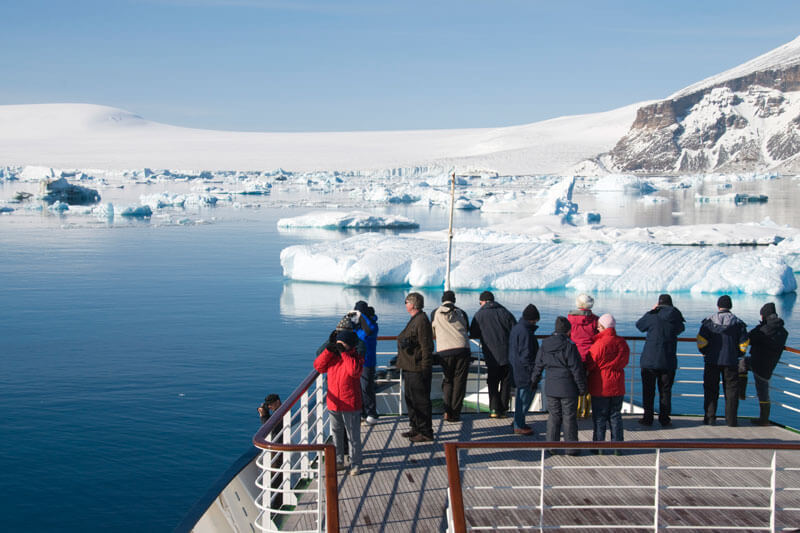
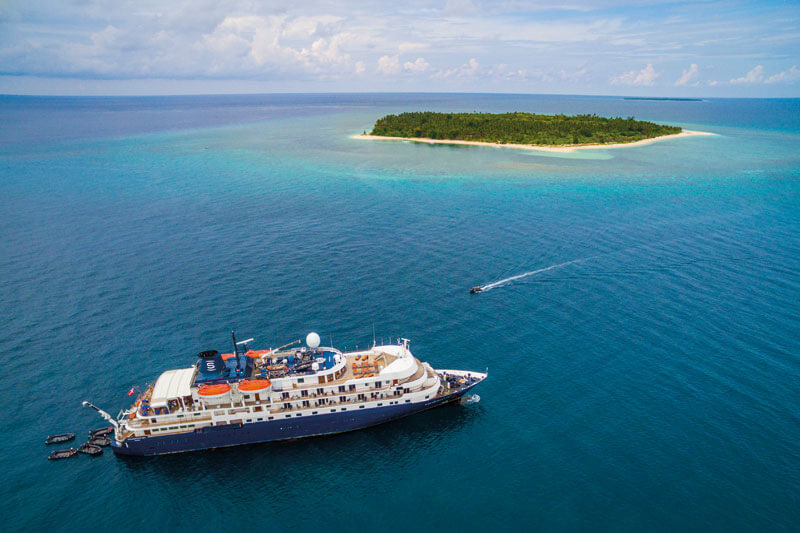
Seabourn
Venture was the first purpose-built expedition ship for the brand that launched in July 2022. Led by a world-class expedition team, complete with submarines and a fleet of kayaks, the boat will take guests to Polar regions, the Amazon River, and beyond. A sister ship Seabourn Pursuit will join the fleet in 2023, enabling the brand to explore even further.
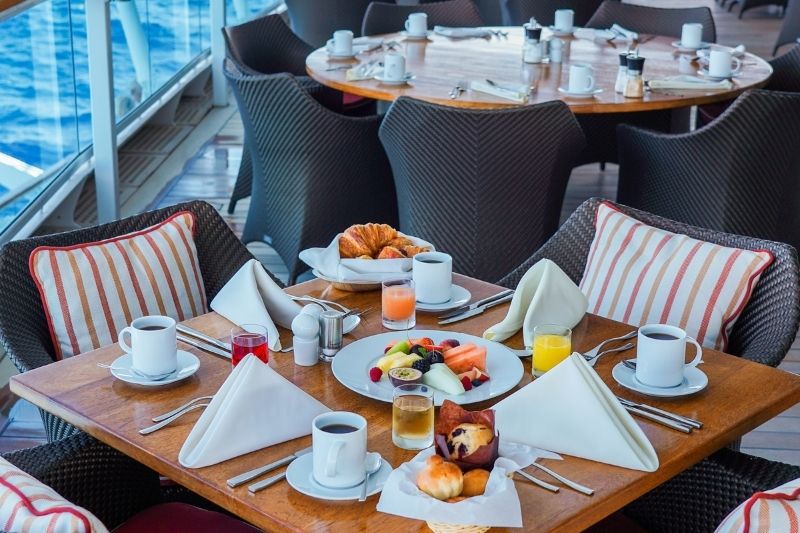
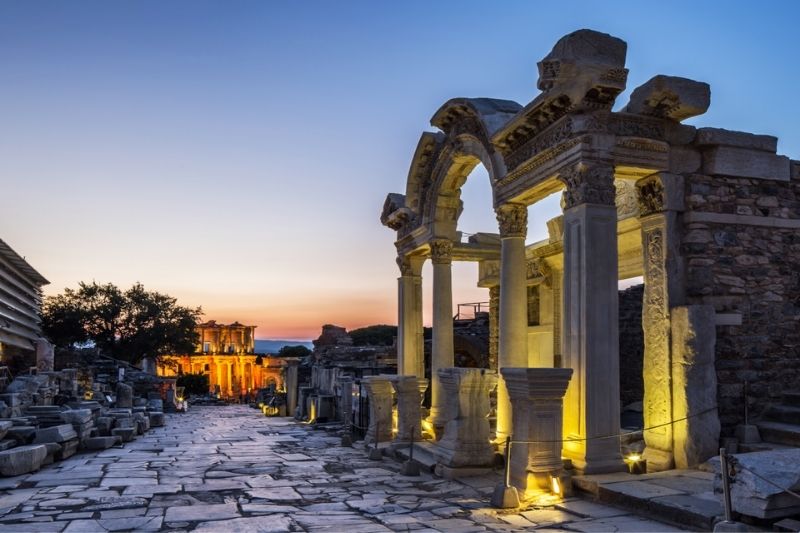
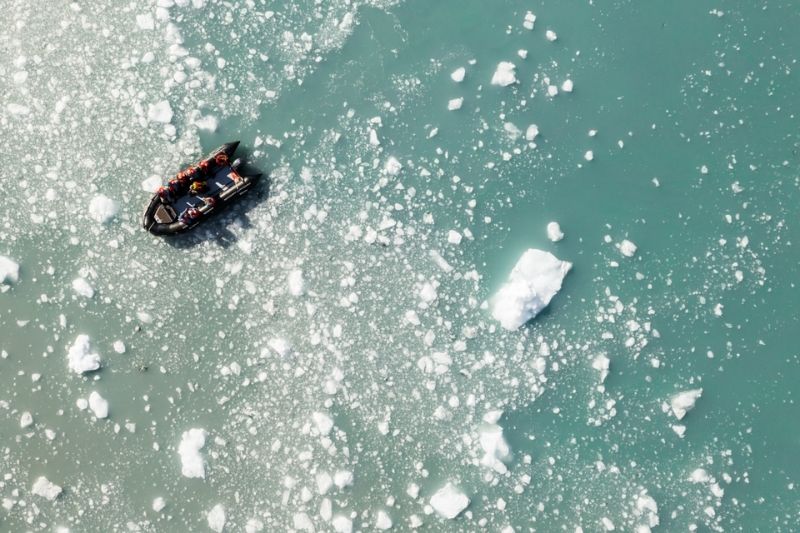
Closer to home cruises
For those interested in adventures closer to home, one of the best ways to experience the remote islands of Scotland is joining a small boat adventure offered by St Hilda Sea Adventures – offering a variety of trips on its three boats ranging from just six to 11 guests this is an ideal way to experience the islands on a charter or travelling with a group of friends. For a more upscale experience, join the famous Hebridean Princess – offering all-inclusive, five-star luxury onboard. The ship has many famous guests, including Her Majesty the Queen.
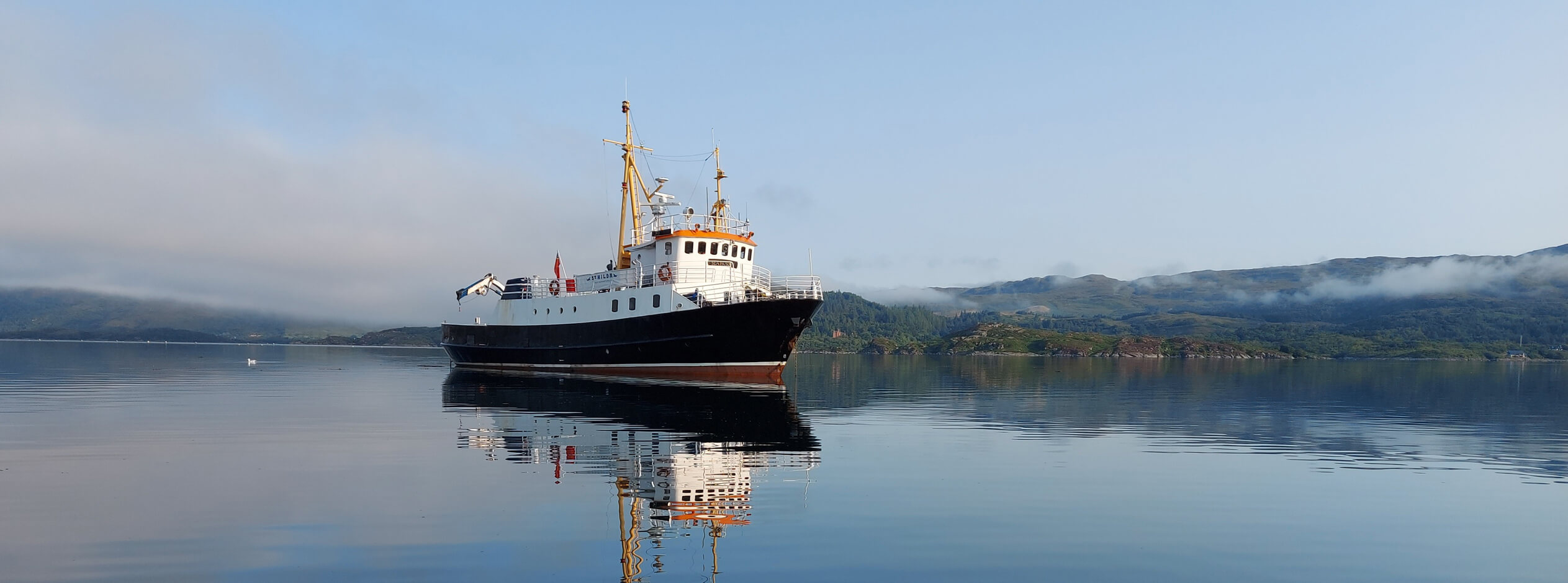

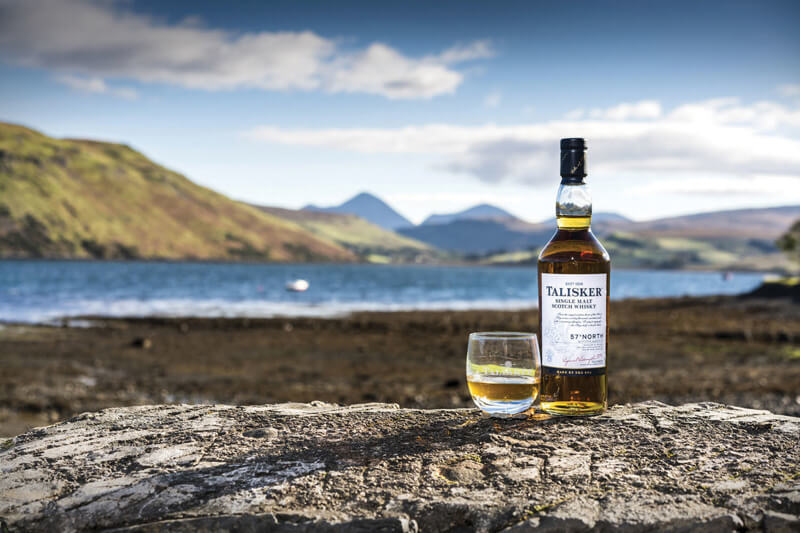
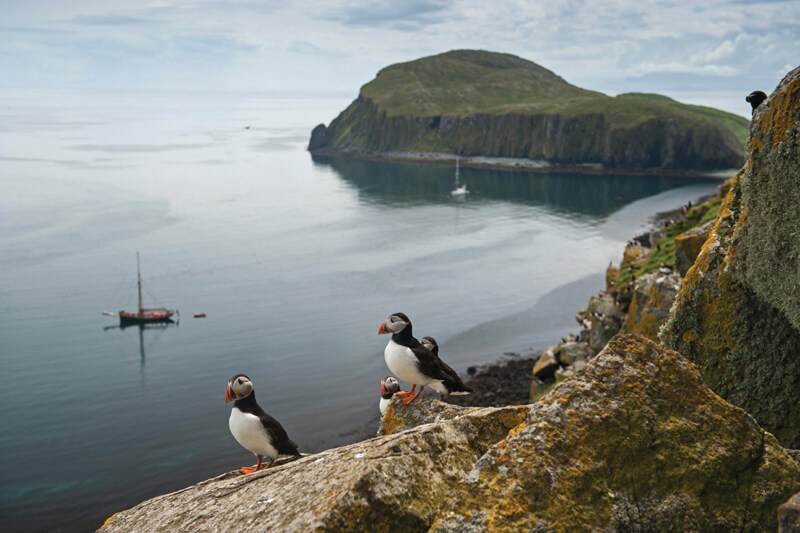
General tips to make the most of your expedition cruise holiday
For most of us, choosing an expedition trip to Antarctica or the Arctic will probably be a once-in-a-lifetime experience, so it is paramount to make sure we choose well. But how do you navigate subtle differences between the brands, ships, and itineraries? Read on for Silver Travel Advisor’s top things to consider:
● The size of the ship
Remember, in destinations such as Antarctica, where tourism is strictly regulated, the size of the ship can determine how often you will be able to land – you can learn more about this here
● All-inclusive versus the additional cost associated with drinks packages, excursions and tips
An all-inclusive trip may, at first glance, seem significantly more expensive; it is always worthwhile to make a quick comparison of how much extra it will cost you otherwise
● The level of adventure
Are you interested in kayaking and stand-up paddle-boarding beyond the daily zodiac cruises and landings?
● Solo travellers
A voyage to Antarctica or the Arctic comes with a hefty price tag, and often, a single supplement is as high as 100%. Luckily, brands such as Aurora offer an option to share the cabin. Also, watch out for last-minute offers and opportunities as occasionally, the brands will reduce or remove a single supplement at a short notice
● Speak and book with your travel advisor
Here at Silver Travel Advisor, we can share our first-hand experience and answer any questions you may have. Plus, your trip and money are also protected through ABTA
Hear from our Silver Travel Community
For more ideas, inspiration and advice on expedition cruising, you might also like to take a look at articles from our travel writers on their expedition adventures:
- Antarctica Expedition
- Cruising to the Galapagos on Silver Origin
- Seals teeth and burnt botties: Antarctic and Chilean Fjords with Hurtigruten
- Top four tips to prepare you for the Arctic
- Hurtigruten Arctic fjord expedition on the MS Fram
To enquire about an expedition cruise holiday and start discussing your ideal itinerary and budget, call our Silver Travel Advisors on 0800 412 5678 or Enquire Online.
